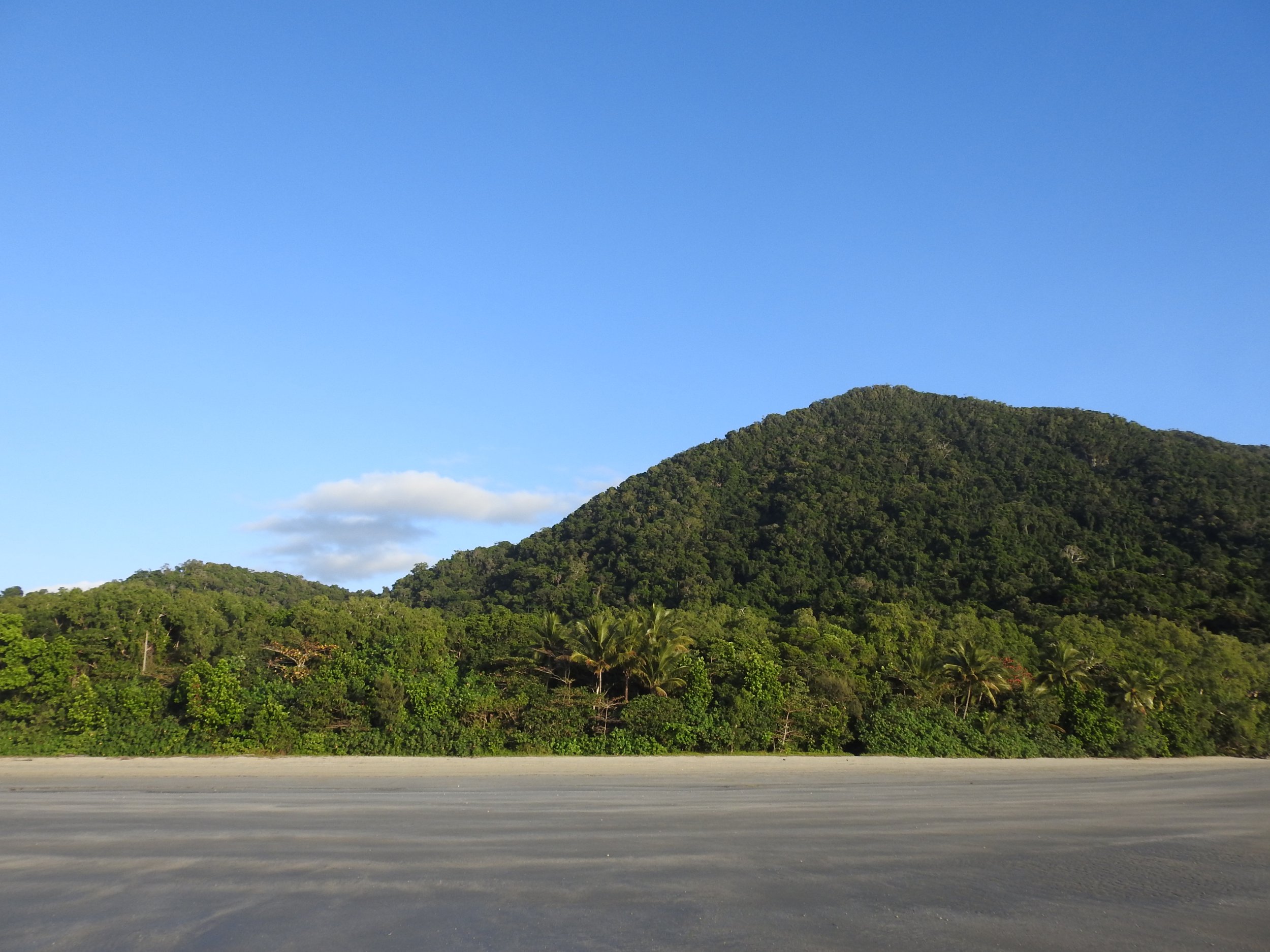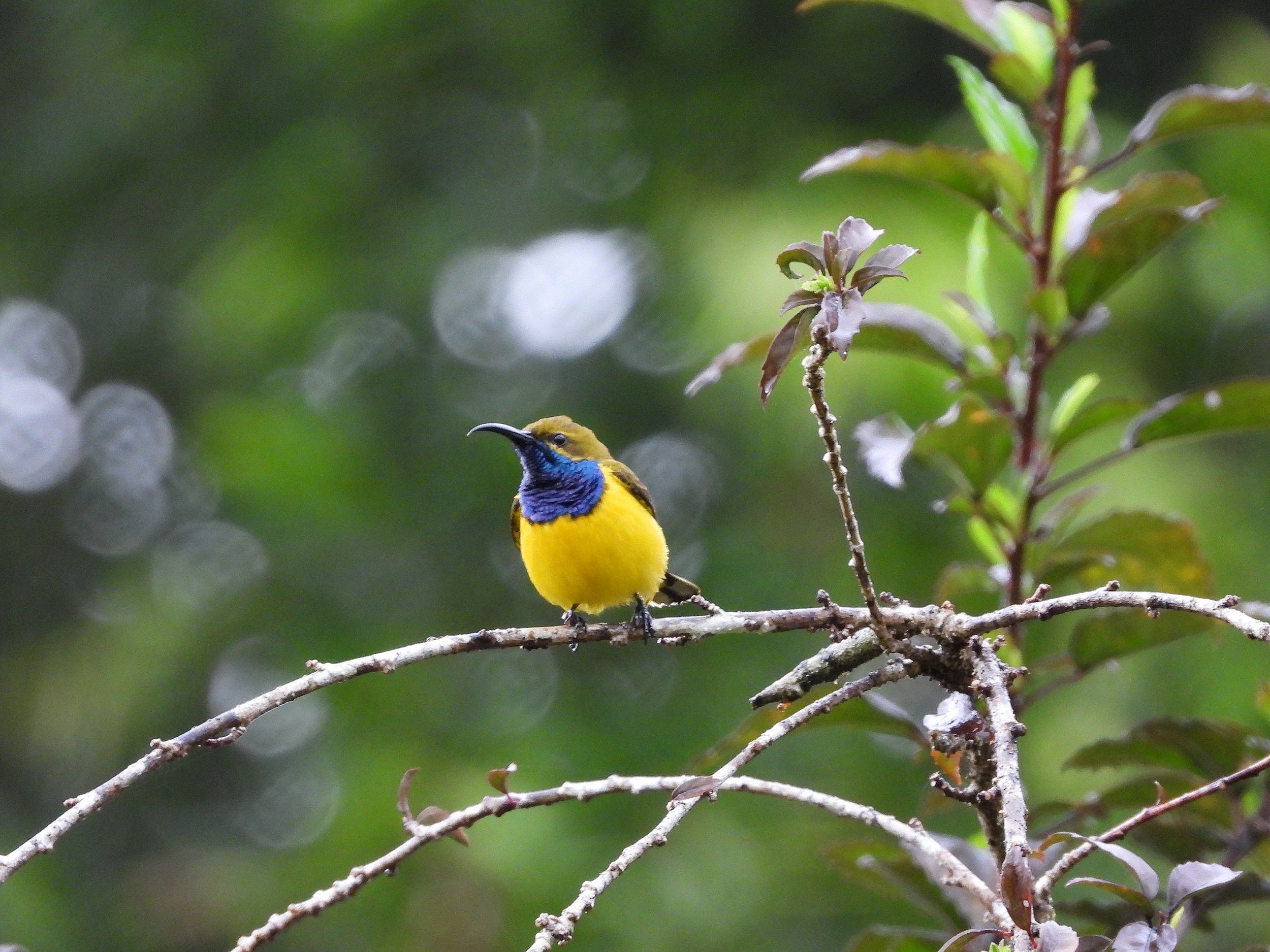
BIODIVERSITY OF THE WET TROPICS IN FAR NORTH QUEENSLAND
Far North Queensland is one the most biodiverse regions in Australia and, in fact, on the planet, with the International Union for the Conservation of Nature listed the region as the second most irreplaceable place on the planet.
The region also boasts two interconnected World Heritage Areas, with the greatest diversity of plants and animals in Australia, which Rainforest Aboriginal people have lived in and managed for many thousands of years.
One of these World Heritage areas, the Great Barrier Reef, has been the focus of substantial action and investment over the last 10 to 15 years to improve its outlook in the face of multiple threats, including climate change.
What is less well known is that the Wet Tropics of Queensland World Heritage area is also under significant threat from climate change, which was first identified in the 2015–16 State of the Wet Tropics Report.
In 2020, the International Union for Conservation of Nature (IUCN) Conservation Outcome Assessment for the Wet Tropics was of ‘Significant Concern’.
Long-term monitoring in the Wet Tropics has already highlighted declines in the distribution and populations of many rainforest species due to climate change. In 2020, record temperatures on the mountain peaks were recorded years earlier than climate models anticipated.
The Queensland Government State of the Environment report in 2020 noted that if this is not addressed there is the potential for rapid and catastrophic changes. Fifty upland species could become globally extinct from the World Heritage Area with only a moderate average temperature increase and invasive pest and weed species will increasingly impact native species with no natural defences.
The wet tropics has 15/26 primitive lineages of flowering plants in the world. The highest concentration of ancient and relict flowering plant families on Earth.
We also know that many livelihoods and communities in the Wet Tropics depend on healthy natural systems. As climate change continues to affect the provision of ecosystem services, it is anticipated that Wet Tropics communities will experience changes in economic prosperity, physical and mental health and impact to their overall wellbeing.
We need to act now to save the ecological wonderlands of the Wet Tropic of Far North Queensland.
Biodiversity in the Wet Tropics
-

Global Significance
Side by side, the Great Barrier Reed and Wet Tropics Rainforests are both internationally recognised as World Heritage site for the region’s outstanding universal values.
-

Ancient
The Wet Tropics rainforest are the oldest surviving tropical rainforests on Earth. They have been inhabited by Rainforest Aboriginal people for centuries.
-
Abundance
Making up less than 1% of Australia’s land mass, the Wet Tropics Rainforests are home to Australia’s greatest diversity of animals and plants with many species found nowhere else in the world.
-

Beauty
The Wet Tropics Rainforests are also recognized on the World Heritage list for its exceptional natural beauty. Every year thousands visit the region from all around the world.
Find Out More About The Wet Tropics Rainforests
-

Birds of the Daintree
-

Trees of the Daintree
-
Wildlife of the Daintree


